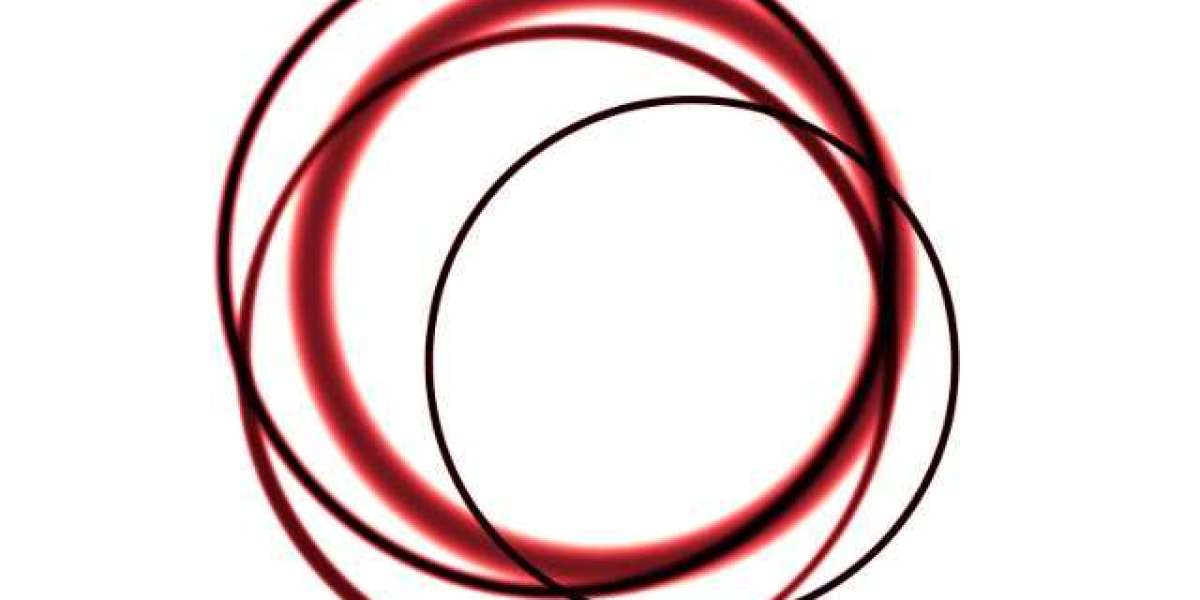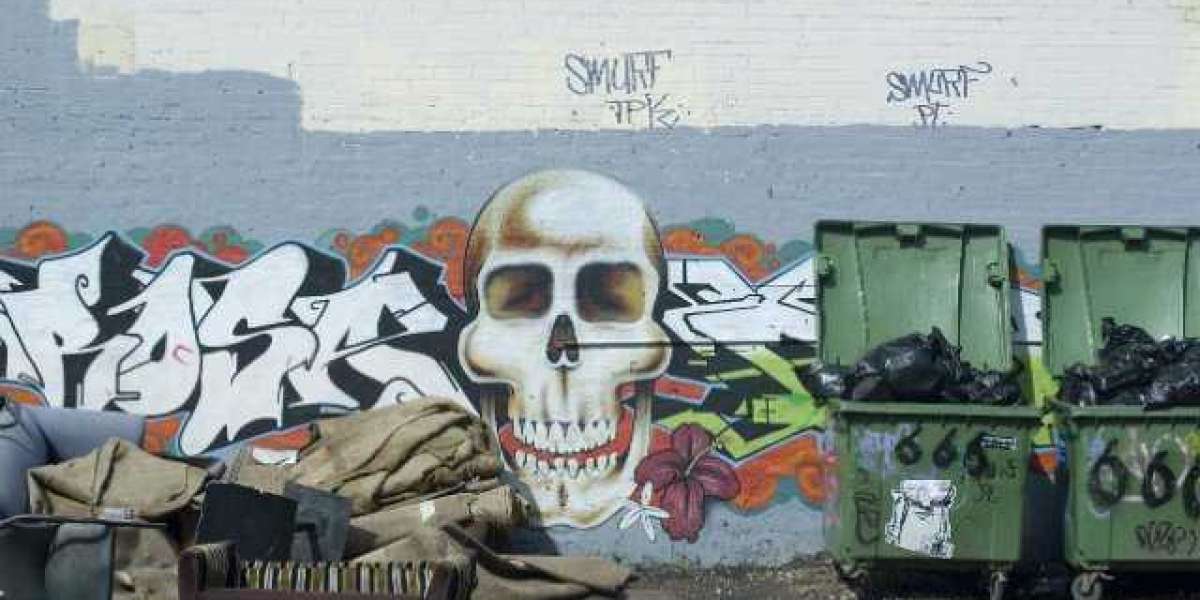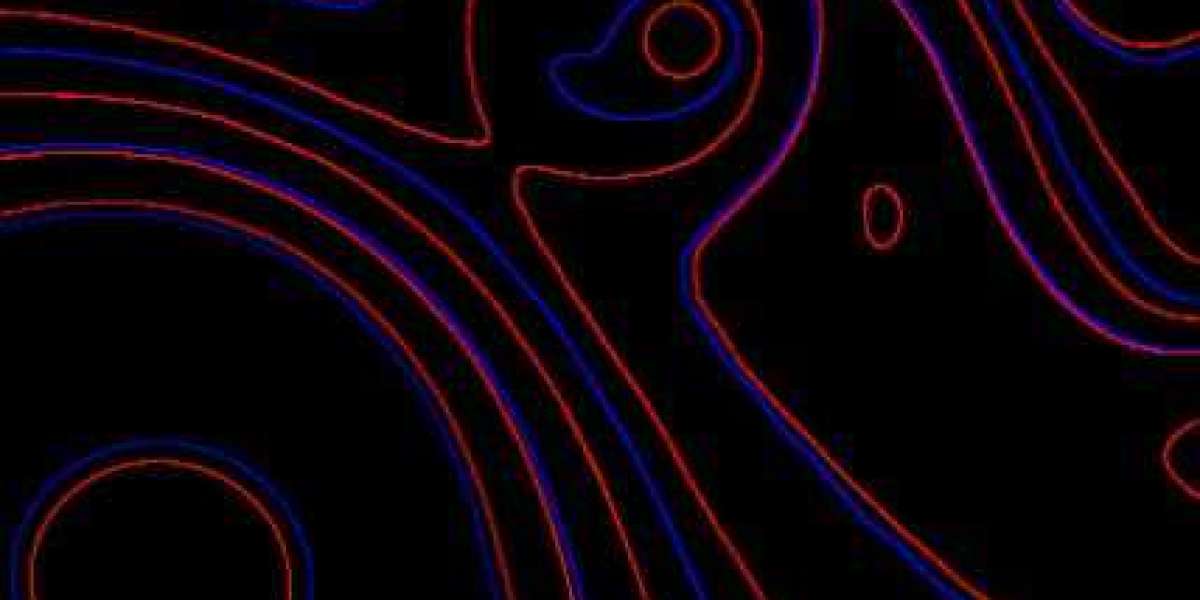Product List
- KPV Peptide Serum 0.5% – A lightweight serum formulated with hydrolyzed collagen and hyaluronic acid to enhance skin hydration while delivering KPV peptide for anti-inflammatory action.
- KPV Peptide Repair Cream – Emollient cream enriched with ceramides, niacinamide, and KPV peptide; designed for post-procedural skin recovery and barrier reinforcement.
- KPV Peptide Gel – Fast-absorbing gel containing 1% KPV peptide, suitable for acute wound care, sports injuries, or as a soothing after-shave product.
- KPV Peptide Mask (2-in-1) – A dual-purpose mask featuring a hydrating sheet infused with KPV peptide and an overnight overnight treatment that delivers sustained release during sleep.
- KPV Peptide Patch – Adhesive wound dressing embedding micro-encapsulated KPV peptide; ideal for chronic ulcers or diabetic foot care.
- KPV Peptide Booster Shot (Clinical) – Injectable formulation used in dermatology practices to accelerate healing of surgical incisions and reduce scar formation.
KPV is a tripeptide composed of the amino acids lysine, proline, and valine. It originates from the N-terminal region of prostatic acid phosphatase (PAP), a protein involved in bone metabolism and immune regulation. In vitro studies have shown that KPV functions as an anti-inflammatory mediator by selectively blocking the recruitment and activation of neutrophils at sites of tissue injury. By attenuating the release of reactive oxygen species, proteases, and pro-inflammatory cytokines, KPV helps maintain a balanced local environment conducive to healing.
KPV peptide and wound healing mechanism
The wound healing process involves a finely tuned sequence of events: www.24propertyinspain.com hemostasis, inflammation, proliferation, and remodeling. KPV peptide exerts its influence primarily during the inflammatory phase but also supports subsequent stages:
- Modulation of Neutrophil Activity – KPV binds to specific receptors on neutrophils, inhibiting their chemotaxis toward damaged tissue. This reduces excessive infiltration that can otherwise prolong inflammation and cause collateral damage.
- Reduction of Oxidative Stress – By limiting neutrophil activation, KPV decreases the generation of reactive oxygen species. Lower oxidative stress preserves extracellular matrix components such as collagen fibers, which are critical for structural integrity during healing.
- Cytokine Regulation – KPV dampens the secretion of tumor necrosis factor-α and interleukin-1β while promoting anti-inflammatory cytokines like interleukin-10. The shift toward an anti-inflammatory milieu accelerates transition from inflammation to proliferation.
- Stimulation of Fibroblast Proliferation – In vitro assays demonstrate that KPV can directly stimulate fibroblasts, encouraging collagen synthesis and extracellular matrix deposition necessary for tissue strength.
- Angiogenesis Support – Some studies suggest that KPV enhances vascular endothelial growth factor (VEGF) expression in a controlled manner, facilitating the formation of new blood vessels without excessive angiogenic spasm.
- Scar Modulation – By balancing collagen deposition and remodeling enzymes such as matrix metalloproteinases, KPV peptide may reduce hypertrophic scar formation and improve cosmetic outcomes.







